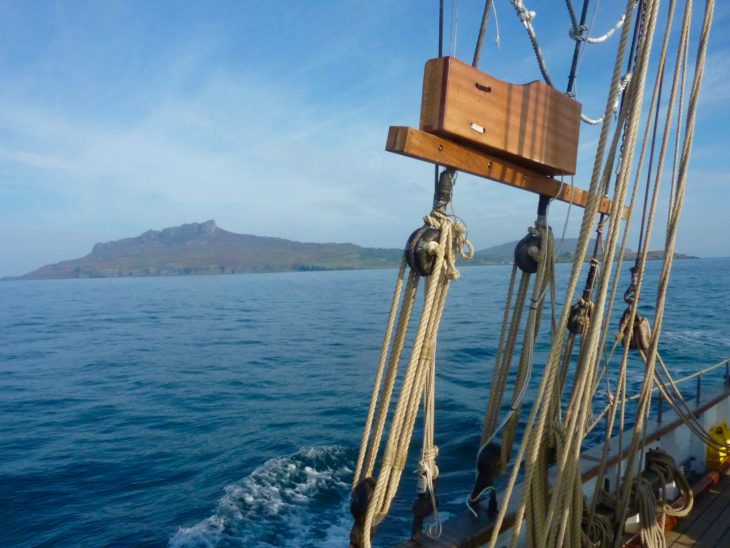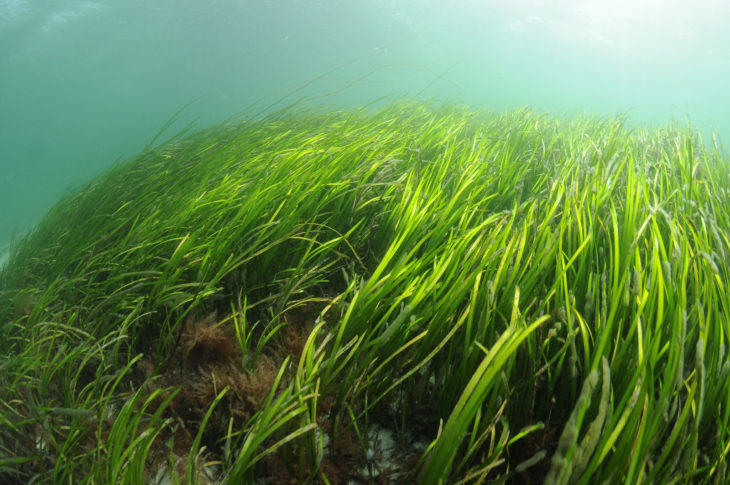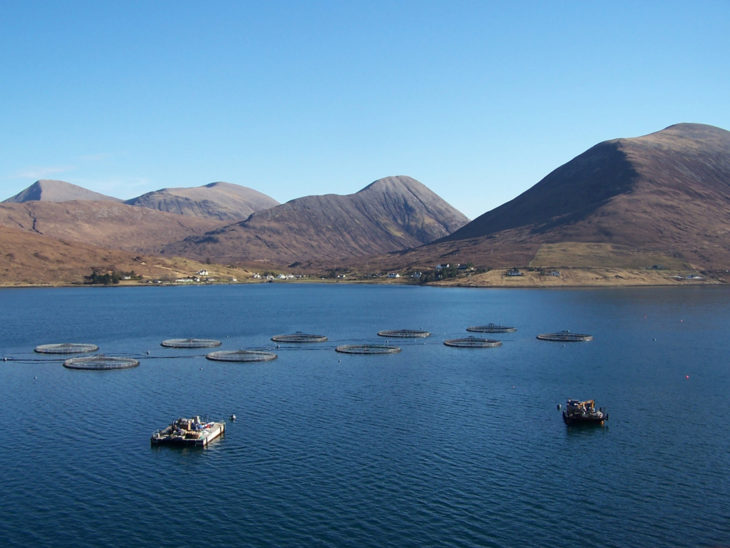Combating climate change requires a transformation in how we manage the marine environment
The dangers posed by climate change have been at the forefront of public discussion recently, and rightly so. Reports from the Climate Change Committee, IPBES and IPCC have all clearly laid out the troubling position we are in and emphasise the urgent need for action to avoid a climatic and ecological breakdown.
First Minister Nicola Sturgeon’s declaration of a climate emergency re-emphasised Scotland’s desire to lead the way in tackling climate change. Further statements from Ministers have confirmed the need for substantive action and that the Scottish Government will place climate change “at the heart of everything we do”, including at the centre of the next Programme for Government and Spending Review.
These statements are most welcome, but now we need clarity on what actions the Scottish Government is proposing and, perhaps more importantly, over what timescale.
Cabinet Secretary for the Environment, Climate Change and Land Reform Roseanna Cunningham’s response to the climate emergency declaration highlighted the intention to review all existing policy areas to see where we can go further and faster (see the Trust’s blog explaining why Scotland needs a strong response to the climate emergency). We need this review to be holistic and forward thinking.

The marine environment needs closer attention
Despite the Cabinet Secretary’s statement delivering some important messages on mitigating climate change, one key component was missing that requires much closer attention – the marine environment.
Scotland is a maritime nation containing an incredible 18,000 km coastline (10% of Europe’s coastline) and 61% of the UK marine area – an area six times larger than its land.
Scotland is a maritime nation containing an incredible 18,000 km coastline (10% of Europe’s coastline) and 61% of the UK marine area – an area which is six times larger than its land area. With such a large marine area under our control, how we use and manage Scotland’s seas is critical to efforts to address climate change.
The threat climate change poses to the marine environment is not new. Scotland’s Marine Atlas, published in 2011, highlighted climate change as the biggest threat to marine conservation. And we have been aware of the problems associated with warming sea surface temperatures and ocean acidification for some time.
However, climate change mitigation has focused largely on terrestrial approaches, such as societal behaviour and land management. Little attention has been paid to the potential of the marine environment in combating climate change.

Blue carbon
The marine environment plays a vital role in regulating the atmosphere, by absorbing heat and carbon dioxide. Once carbon is captured in sea water, marine life can then use it to grow, which can be in the forms of organic (e.g. plants and muscle tissue) and inorganic carbon (e.g. calcium carbonate shells and bones). These are known as ‘blue carbon’ stores.
Once an animal or plant dies, the inorganic carbon created by the organism sinks to form sediment on the seafloor – the white cliffs of Dover, formed largely by the shells of phytoplankton sinking to the seafloor millions of years ago, demonstrate the potential for marine life to capture carbon and lock it away for millennia.
The rate at which marine life can capture and store carbon (both organic and inorganic) depends largely on the health of the marine environment and the abundance of marine life living with in it. Seas that contain lots of life can capture and store more carbon. Therefore, enhancing the health of the marine environment and increasing the abundance of marine life within it could provide a valuable contribution to combating climate change.
In Scotland, we have a network of Marine Protected Areas (MPAs) that are designated to protect rare, vulnerable or threatened species, but ‘blue carbon’ value is yet to be recognised as a criterion for MPA designation.
The distribution and health of blue carbon habitats in Scotland, such as maerl beds, flame shell beds, and seagrass meadows is still largely unknown, although estimates have been made over recent years. Protecting and restoring these habitats are among the natural climate solutions, which, alongside significant cuts in emissions, are critical to achieving new ambitious climate change targets.

Moving away from the status quo
The recent UK Marine Strategy Report highlights the UK administrations’ failure to meet 11 of the 15 indicators for Good Environmental Status, which include seafloor habitats and commercial fish and shellfish stocks. It is clear we must move away from the status quo with regards to how we use and manage our marine environment.
A full understanding of the role blue carbon habitats, and the ecosystems they support, play in storing carbon is required and decisions on how we use our marine environment must incorporate their protection and enhancement.
To achieve this, we must re-frame how we discuss marine management and planning by placing ‘environmental enhancement’ at the core of decision making. Ultimately a healthy environment underpins many of Scotland’s key marine industries and coastal communities.
The Scottish Government was right to recognise the climate emergency we are in and the need to go further and faster in their ambitions for climate change mitigation. However, if Scotland’s next Climate Change Plan is to be truly ambitious and forward-thinking, the marine environment must be a key feature.
For Scotland to be a world leader in tackling climate change, the health of all the natural assets on land and at sea must be recognised, ambitious targets to enhance those assets must be set, and management decisions must place long-term environmental health above short-term economic and social gain.
Dr Sam Collin, Marine Planning Manager
Further reading
Help protect Scotland’s wildlife
Our work to save Scotland’s wildlife is made possible thanks to the generosity of our members and supporters.
Join today from just £3 a month to help protect the species you love.
Preface
The dangers posed by climate change have been at the forefront of public discussion recently, and rightly so. Reports from the Climate Change Committee, IPBES and IPCC have all clearly …
